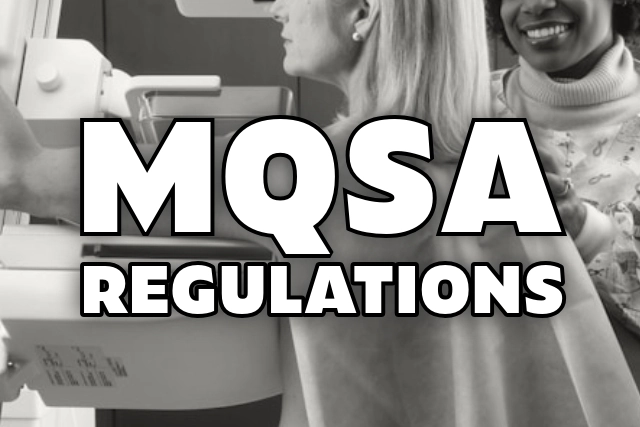As diagnostic imaging technology continues to evolve, 3D and 4D imaging are paving the way for more accurate and dynamic visualizations of the human body. These innovations offer healthcare providers critical tools for enhanced diagnosis and treatment planning, especially in areas like orthopedics, oncology, and cardiology. The ability to capture real-time motion in 4D imaging adds an extra layer of depth to how medical professionals view and understand various conditions.
The Power of 3D and 4D Imaging in Medical Diagnostics
3D imaging transforms traditional scans, like MRIs or CTs, into fully realized three-dimensional representations. This allows healthcare providers to explore anatomy from different angles, improving diagnostic precision. For example, in oncology, 3D imaging helps in detecting and mapping tumors, providing a more comprehensive understanding of the disease.
Meanwhile, 4D imaging—essentially adding the dimension of time to 3D scans—offers dynamic views, capturing motion in real time. This is particularly impactful in fields like cardiology and orthopedics, where movement plays a significant role in disease progression. A recent study highlights how 4D CT imaging is helping radiologists detect biomechanical abnormalities in joints, providing earlier interventions for conditions like osteoarthritis.
By visualizing joint motion during specific movements, radiologists gain a clearer understanding of how diseases develop and progress over time.
The Role of AI in 3D and 4D Imaging
As these technologies advance, the integration of artificial intelligence (AI) is playing a critical role in enhancing the accuracy and speed of diagnostic interpretations. AI tools, for instance, are now capable of analyzing complex 3D imaging data to detect patterns or abnormalities that might otherwise be missed by the human eye. In 2024, AI continues to push the boundaries of medical imaging by assisting radiologists in reading complex scans faster and more accurately, particularly in complex cases like oncology and neurology
Furthermore, AI-driven predictive analytics can analyze 3D and 4D imaging data to forecast disease progression, offering earlier diagnoses and personalized treatment plans. This combination of AI with cutting-edge imaging tools not only improves patient outcomes but also optimizes workflows in radiology departments.
Future Applications of 3D and 4D Imaging
The future of diagnostic imaging lies in the continued refinement of these technologies. For example, 4D ultrasound is growing in popularity, particularly in obstetrics, where real-time imaging is crucial for monitoring fetal development. Additionally, the trend of using portable imaging devices for 3D and 4D scans is making diagnostic tools more accessible, especially in remote or underserved areas
In musculoskeletal imaging, 4D CT offers detailed insight into joint motion, allowing radiologists to better understand biomechanical derangements and intervene earlier to prevent further deterioration, such as the development of osteoarthritis
How Vesta’s Teleradiology Services Can Support Your Imaging Needs
As the field of diagnostic imaging continues to evolve, we’re here to help healthcare providers interpret these advanced 3D and 4D scans. Our team of board-certified radiologists offers subspecialty expertise in areas like orthopedics, cardiology, and oncology, ensuring accurate and timely interpretations of complex imaging studies. With the integration of AI and the latest imaging technologies, our teleradiology services are equipped to support your practice as you navigate the future of diagnostic imaging.
By partnering with Vesta, you gain access to the latest innovations in imaging and expert interpretations that can enhance patient outcomes—one scan at a time.
Sources:
Rsna.org
insights.omnia-health.com
spectrumxray.com
openai.com













